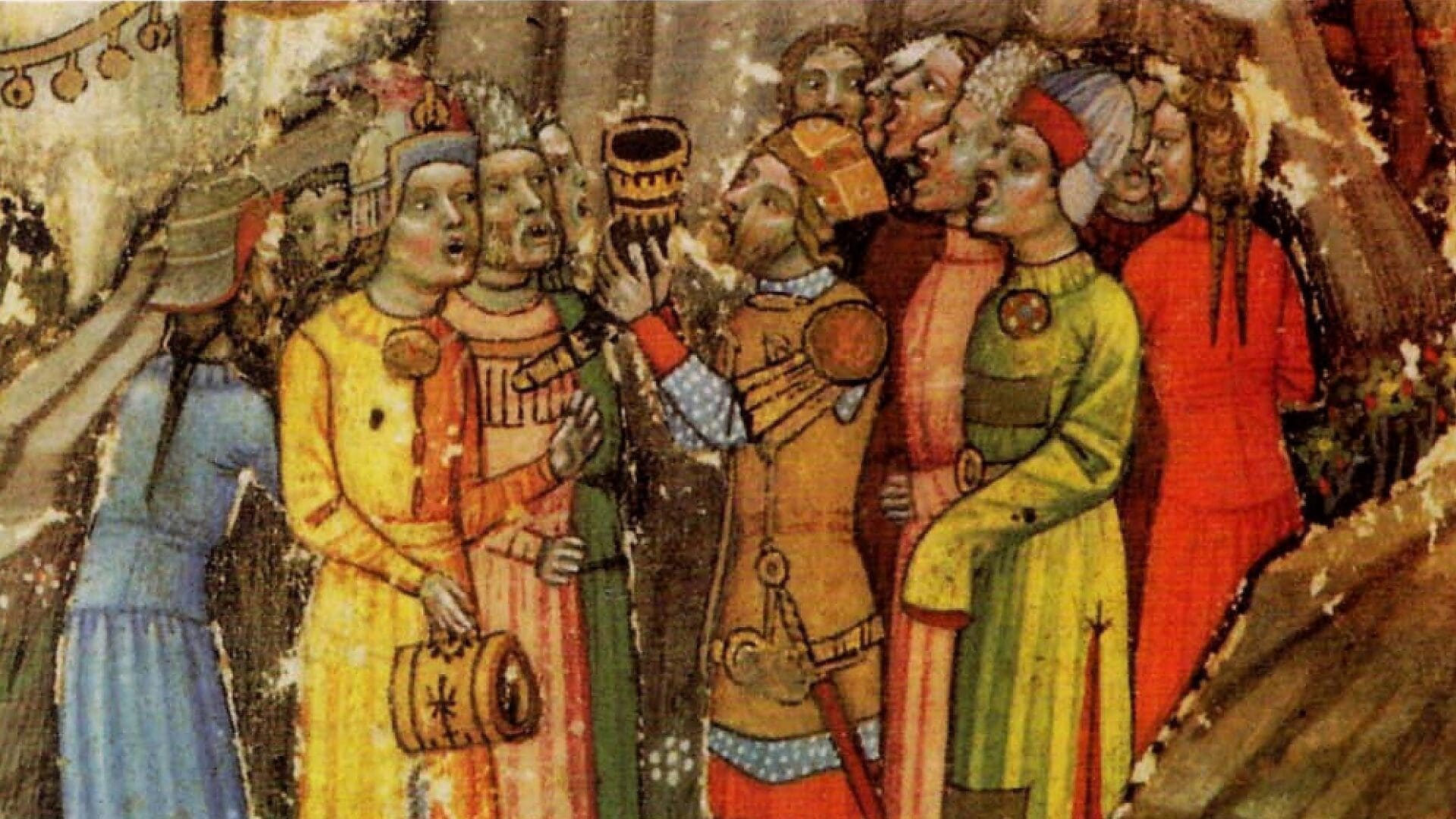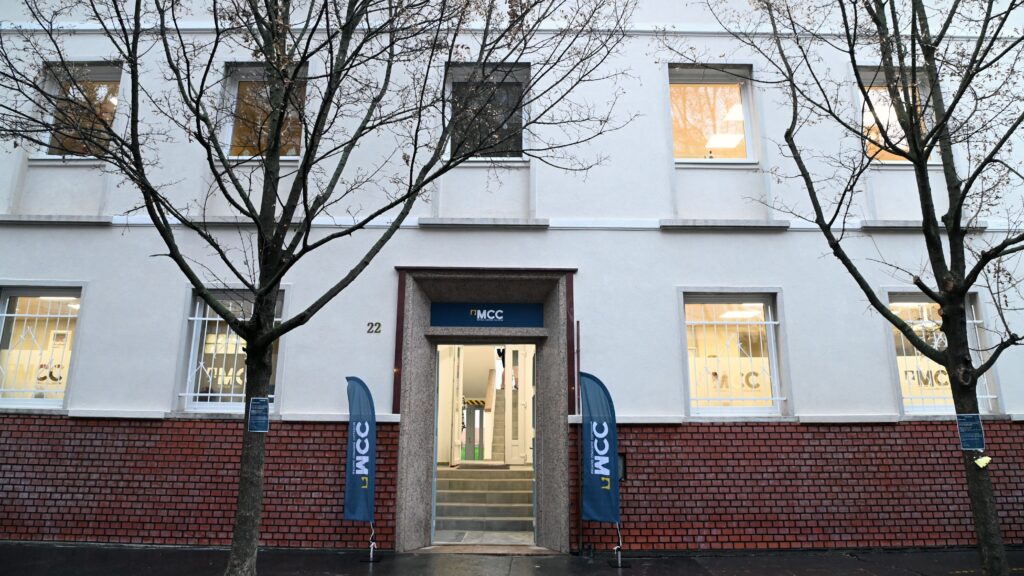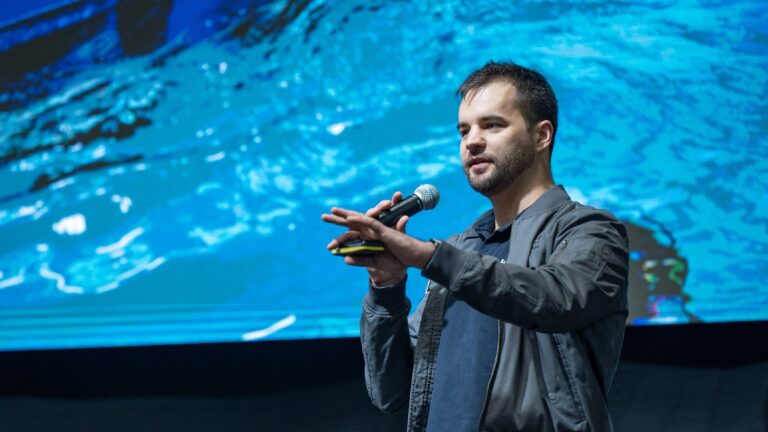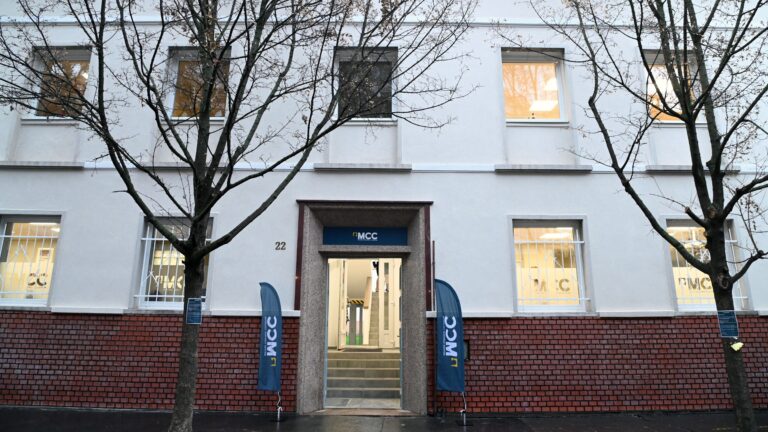The earliest Hungarian princes and kings are among the many ancestors of today’s British Royal family: between British King Charles III and the pagan Hungarian Prince Árpád, leader of the conquering Hungarians, there have been forty generations of rulers marching through Europe’s more than a thousand-year-old history.
Today’s Republic of Hungary used to be a kingdom for nearly a thousand years: from the founding of the Kingdom of Hungary in 1000, with King St Stephen I on its throne, the form of the country’s government was a kingdom until 1946.
In the first more than five hundred years of its history, the Kingdom of Hungary, was an important, independent Central European power, often shaping European politics, and building its dynastic relations from England to Byzantium, and from Aragon to Poland. The fact that the Habsburgs were the rulers of Hungary and several surrounding countries and regions from the 16th century on is a well known fact across the world. Before them, however, the first ruling house of Hungary was the Árpád dynasty, established by Prince Árpád, who ruled the country at the time of the pagan, adventurous Hungarians’ conquest of the Carpathian Basin.
After establishing the Christian Kingdom of Hungary, the Árpáds established relations with other dynasties from far and near, several of which then ended in marriages, generation after generation. Although Andrew III, the last King of the Árpáds, died in 1301, several surviving houses carried on their legacy through the female line, also genetically. In addition to the French Anjous, the Polish–Lithuanian Jagiellonians, and the Austrian Habsburgs, who later ruled Hungary, the heirs of the Hungarian Árpáds can also be found in more distant dynasties, too—
and among them are the members of today’s British Royal family, the House of Windsor.
It can surely be said that both Queen Elizabeth II, who died last year, and his son, the soon-to-be-crowned Charles III, as well as the heirs to the throne, Prince William and his son Prince George, can trace their family tree back to the first Hungarian princes and kings, along with many other old dynasties.
As Hungarian Conservative reported last year when Great Britain and the Commonwealth of Nations were celebrating the Platinum Jubilee of Queen Elizabeth II, the Windsors’ family tree can be drawn quite precisely. From Prince Árpád, who led the Hungarian tribes entering the Carpathian Basin, to the British King Charles III, we can count altogether forty generations—and as we know, the 41st and 42nd generations are already on their way, too.
Below you can see British King Charles III’s family tree starting from Hungarian Prince Árpád:
- Árpád, the first prince of the Hungarian conquerors at the end of the 9th century
- Zolta (Solt, Zsolt)
- Taksony
- Mihály (Prince Géza’s younger brother, uncle of St Stephen I, the first King of Hungary)
- Vazul
- András I (1015–1060), 4th King of Hungary
- Adelhaid (1040–1062); her husband was King Vratislav II of Bohemia
- Judit (1057–1086) of Bohemia; her husband was the Polish Prince Władysław I Herman
- Bolesław III Krzywousty, Polish Prince (1085–1138)
- Władysław Wygnaniec, Polish Prince (1105–1159)
- Richeza of Poland (1140–1185); her husband was King Alfonso VII of León and Castile
- Sancha of Castile (1154/5–1208); her husband was King Alfonso II of Aragon
- King Peter II of Aragon (1174–1213); his sibling was Constance of Aragon who became the wife of King Emeric of Hungary
- James I of Aragon (1213–1276); his wife was Hungarian Princess Jolánta (András II’s daughter, granddaughter of Béla III, great-granddaughter of Géza II—a double Hungarian connection here)
- Isabella of Aragon (1247–1271); her husband was Philip III of France
- Philip IV of France (Philip the Fair) (1268-1314), one of the most significant kings in the history of France
- Isabella of France (1295–1398); her husband was King Edward II of England
- King Edward III of England (1312–1377)
- John of Gaunt, Duke of Lancaster (1340–1398/9)
- John Beaufort, Earl of Somerset (1373–1410), the illegitimate son of John of Gaunt
- John Beaufort, Duke of Somerset (1404–1444)
- Lady Margaret Beaufort (1443–1509); her husband was Edmund Tudor
- King Henry VII of England (1456/7–1509)
- Margaret Tudor (1489–1541), King Henry VIII’s sibling
- King James V of Scotland (1512–1542)
- Mary Stuart I, Queen of Scotland (1542–1587)
- King James I of Scotland and England (1566–1625)
- Elizabeth Stuart (1596–1662); her husband was Frederick V of the Palatine, the ‘Winter King’
- Princess Sophia (1630–1714); her husband was Elector Ernest Augustus of Hanover
- George I of England (1660–1727)
- George II of England (1683–1760)
- Frederick, Prince of Wales (1706/7–1751)
- George III of England (1738–1820)
- Prince Edward, Duke of Kent (1767–1820)
- Queen Victoria (1819–1901); her husband was Prince Albert of Saxe-Coburg and Gotha
- King Edward VII of England (1841–1910)
- King George V of England (1865–1936)
- King George VI of England (1895–1952)
- Queen Elizabeth II (1926–2022)
- The soon-to-be-crowned King Charles III (1948–)
- Prince William (1982–)
Related articles:







